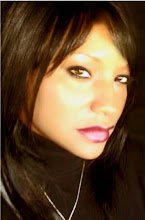The All Purpose Plot
The basic plot work for most stories, novels and screenplays -- Here it is.
-
A sympathetic lead character has a desperate need for something -- knowledge, success, love, a solution, to avoid danger.
-
He or she makes an effort to reach success or achieve what he needs.
-
Every effort gets him farther from his goal or deeper into trouble. She doesn't screw up. It's just that every effort either creates or uncovers new obstacles.
-
Every new obstacle is larger than the last, and when he reaches the end, the last obstacle must seem insurmountable. It will require her most inventive choice to reach the desired goal.
BUT
-
When things look the blackest, he or she manages to get himself out of it through effort, intelligence and ingenuity.
Each scene and chapter should have this same kind of plot structure, but in the case of scenes and chapters, you have something left over -- a question unanswered, a problem to be solved, or a mystery that impels the reader to read on. One trick is to have several plot threads going at once.
One thing that I have observed in most books I read -- and I think it's a carryover from what is called "the screenplay paradigm" is that there is a major twist in the story about 1/3 of the way through and another 2/3 of the way through. Usually this is a surprise or shock -- the lead's friend is really her enemy, the man she is in love with is still married, the clock on the mantle is really a bomb ... and of course, you need your solution at the end. [Don't leave any questions unanswered.]
The Big Switch by Jack Bludis, not by Jack Burns. It's the first time he's using his true name on a piece. He wrote that he doesn't mind being known by both names, but if you look for The Big Switch at your local book store, check under the Bludis name. The Big Switch be available in July at bookstores, at Amazon and B&N on the net. (He'd prefer you to ask your local book stores about it before you buy it on the net.)
